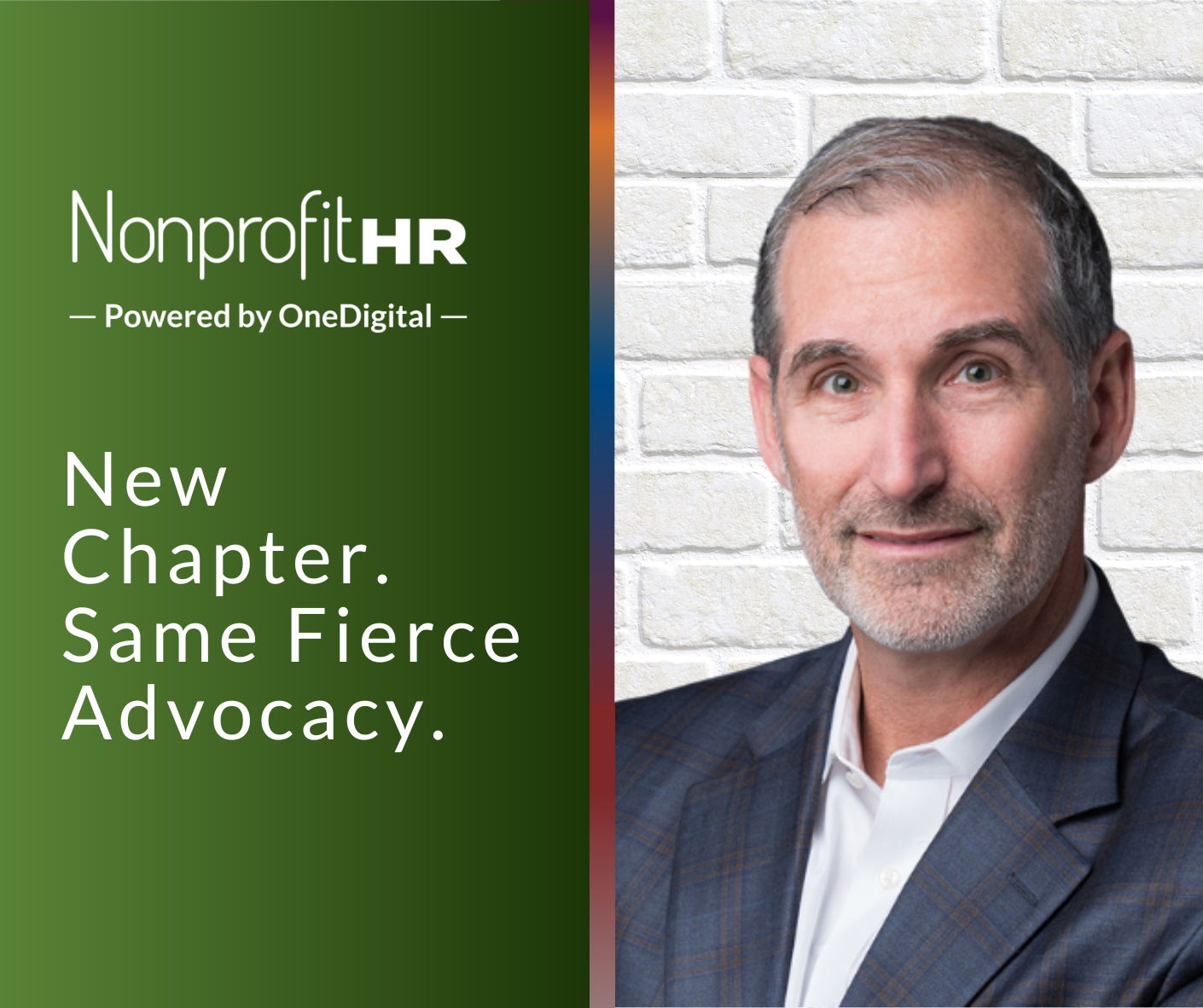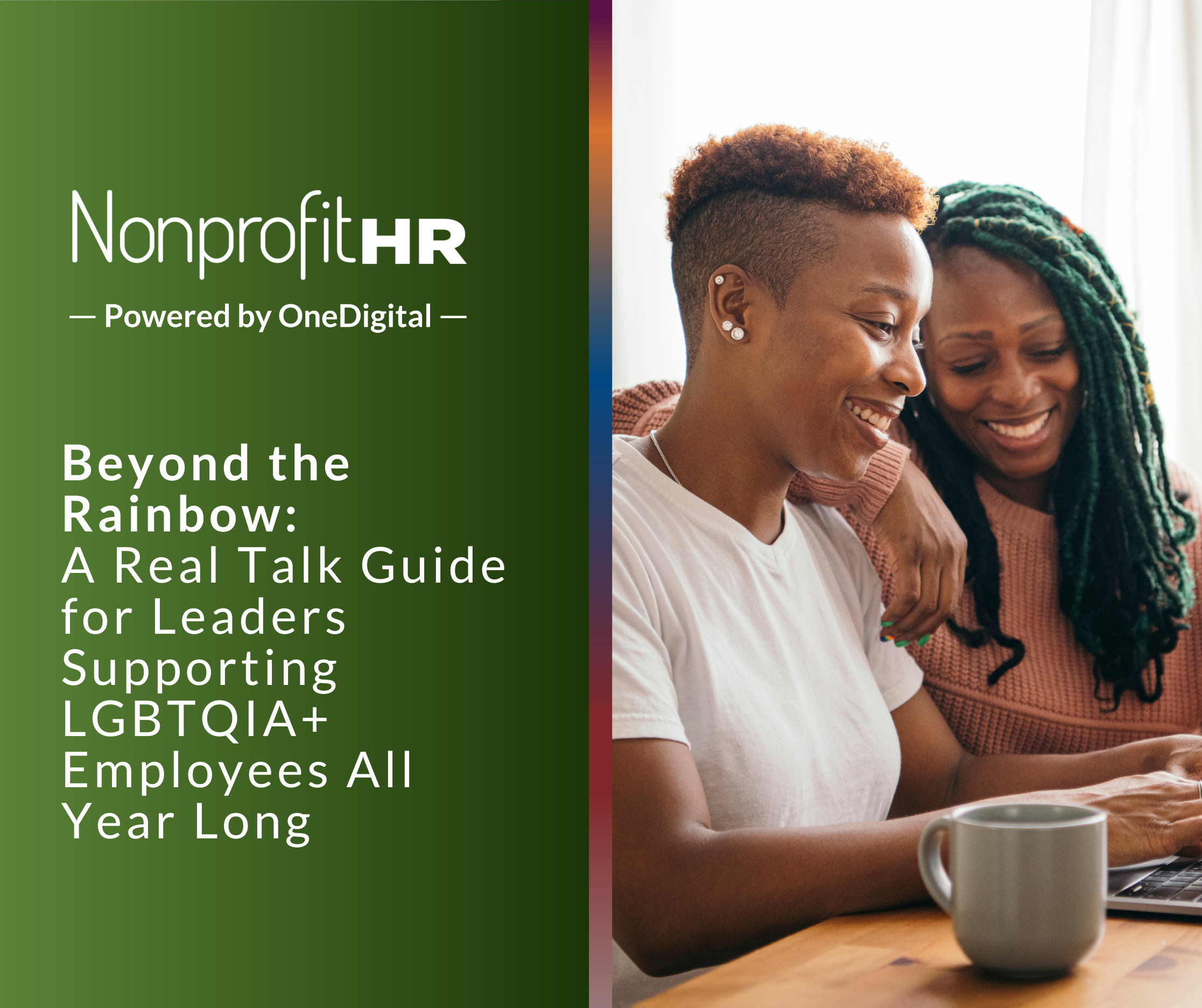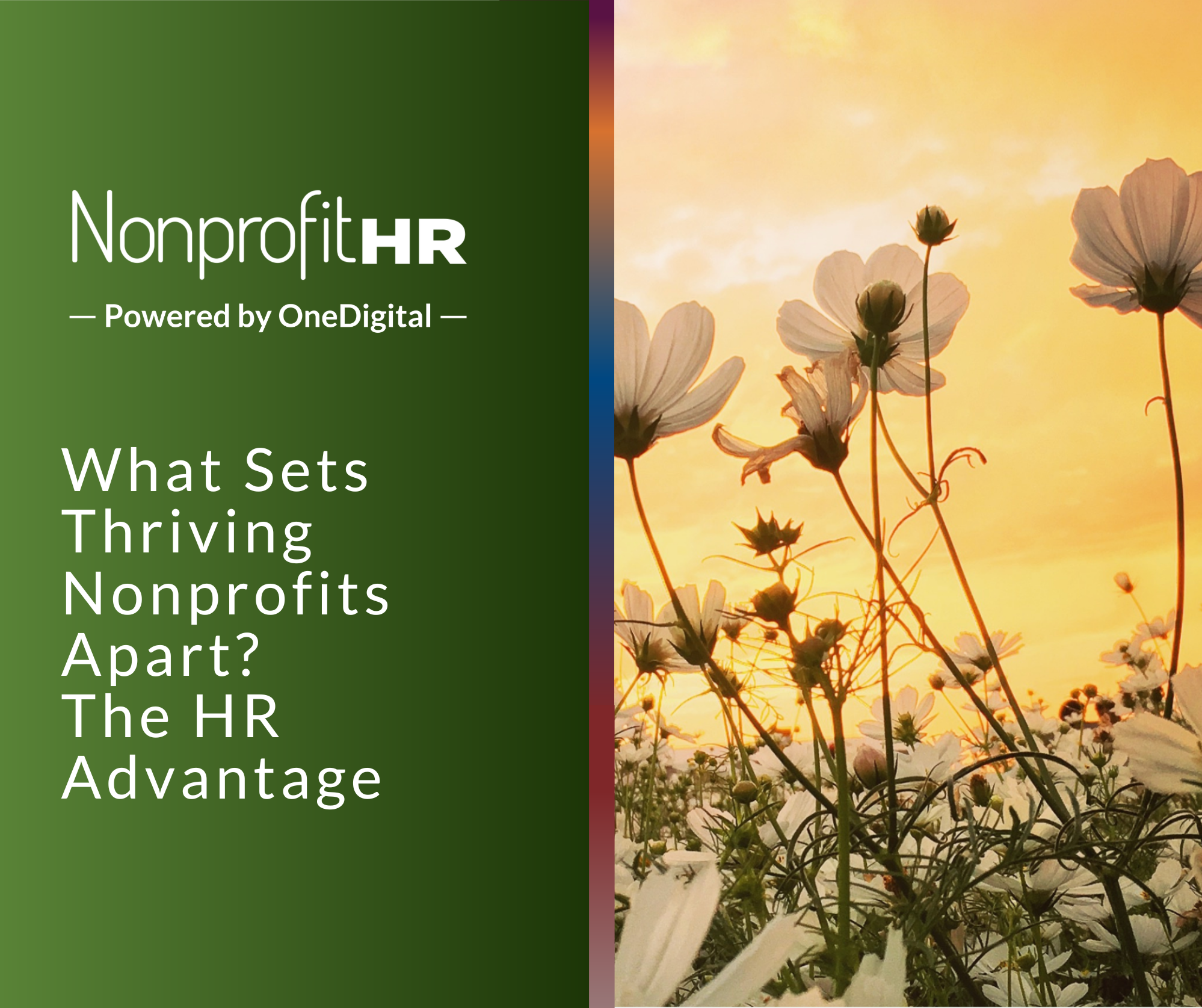WTOP: 5 ways nonprofits can…
As executive leaders, we carry a sacred trust — to steward our organizations’ financial resources in a way that upholds our core purpose and creates lasting impact. It brings me great joy to connect with leaders seeking to strengthen their financial acumen for the good of their organization and their own edification. At a recent Executive Alliance for Social Impact session hosted by Nonprofit HR, I had the honor of delving into this principle with fellow leaders, exploring tangible strategies to harmonize fiscal management with the missions represented in the group. As Chief Financial Officer for Nonprofit HR, which is also a social enterprise focused exclusively on the people management needs of social impact organizations, I get to work with many leaders across the sector, and one thing holds true — finance is finance, but expectations for nonprofits, associations and all social sector organizations to nurture its resources has never been more important.
I believe that enhancing credibility through transparent financials is the cornerstone of any organization’s success, and this is especially true for nonprofits. A foundational understanding of financial principals is crucial including grasping concepts such as budgeting, cash flow management, as well as the ability to read and understand financial reports. This also includes understanding the difference between restricted cash and unrestricted cash. This financial literacy and acumen enable leaders to prioritize programs and initiatives that have the most significant impact, evaluate the cost effectiveness of their activities/programs, and ensure long-term sustainability. By developing detailed budgets that are aligned with an organization’s mission, we demonstrate our commitment to accountability. In addition to preparing detailed budgets, analysis such as developing cash flow models that simulate different scenarios help organizations take the appropriate proactive steps as scenarios change. Crucially, we must set up systems that report budget variances and promptly implement mitigation plans. These practices not only enhance credibility but also provide invaluable insights into our organizational liquidity, empowering data-driven decision making.
Another key to fortifying an organization’s financial stability is by diversifying revenue sources to create a balanced sustainable mix of revenue. In your scenario/sensitivity analysis, simulate and graph your monthly cashflow based on losing a major donor or grant. This will provide a clear picture regarding your organizations long-term sustainability and liquidity risk. You may be at risk if a significant percent of your revenue comes from a single donor/grant.
Proper financial management and risk mitigation thus becomes a strategic tool for amplifying the organization’s missions and optimizing its impact on the community it serves.
Stabilizing Finances Through Strategic Revenue and Staffing
When it comes to stabilizing finances, consider the following: Bolster revenue through dedicated grant writers/fundraisers and judiciously assess the need for backfilling positions before adding new ones or automating with technology. Striking a balance between revenue generation, including setting reasonable fundraising targets and having an appropriate amount of indirect costs, can be challenging but essential for long-term sustainability.
Equally important is fostering a motivated, values-driven team and aligning staff with the organization’s mission. Sometimes your budget can’t accommodate salaries at the mid to top tier of the market range, however, emphasize other intangibles to candidates and employees, such as exploring flexible work arrangements to attract and retain top talent. After all, our people are our greatest assets in realizing our vision.
Evaluating Sustainability, Scalability and ROI
As non-financial executives seek to identify sustainable models for their programs, it is important to evaluate all future initiatives through the lenses of mission, sustainability, scalability and return on investment. Ensuring long-term viability and maximum community impact should be the guiding principles. Also, and when presenting specific initiatives to decision-makers, it’s crucial to demonstrate how the use of funds aligns with organizational priorities, increases visibility and drives long-term impact. Doing so also demonstrates a clear understanding of the stakeholders’ priorities and an ability to articulate how your proposal supports those goals.
At some point, you may face the decision to build or buy talent. Deciding to maintain an in-house team or outsourcing operations is a complex one, with pros and cons on both sides. While an in-house team offers deep understanding and dedication to the organization’s mission and may more fully understand and contribute to the organizational culture, outsourced operations can provide access to a wider range of expertise able to support current and future functional needs as your organization scales. Particularly regarding smaller organizations or those with highly specialized skill requirements, outsourcing may be more beneficial. As an organization grows, however, it may become more appropriate to have dedicated staff embedded within the organization, complemented by outsourced support where needed. Ultimately, the decision to build or buy talent should be influenced by various operational factors, including the organization’s size, complexity and specific needs.
The Potential of Generative AI in Nonprofit Finance
Conversations around AI in finance continue to develop. As technology continues to evolve, the potential of generative AI in the finance function cannot be overlooked. Machine learning OCR is already being used to automate data entry. For example, Accounts Payable departments can scan invoices and auto-populate key fields such as invoice numbers, invoice dates and invoice descriptions. Similarly, W2 data can be scanned in instead of being manually keyed. This increases efficiency and reduces manual input. This is not new to the world of finance. However, and while promising, full-scale AI adoption in nonprofit finance needs more exploration and testing before it will become commonplace due to security considerations and other complexities. It does not appear that the finance and accounting roles will be eliminated however several tasks will be fully automated resulting in a change in the functions to focus more on analysis rather than task-level work. It should also be noted that some ERP and accounting systems have developed proprietary generative AI features that are already in production and being used by practitioners for enhanced reporting. It is crucial to involve a wide range of internal stakeholders to any discussions and decision making around AI and finance and to carefully weigh the benefits against potential risks.
Building Financial Resilience for Lasting Impact
In the face of economic uncertainties and disruptions, developing financial resilience is paramount for an organizations’ long-term success. Proactive financial management, meticulous budgeting and swiftly addressing deviations are essential for leaders to make informed decisions. Furthermore, as financial responsibilities in some organizations shift to non-finance roles, it’s imperative to cultivate a deep understanding of financial operations throughout all staff levels. Doing so mitigates risks and empowers teams to navigate challenges with confidence.
At the heart of purposeful financial leadership, especially for mission-driven organizations, must reside a profound commitment to aligning fiscal strategies with missions. By embracing transparency, strategic resource allocation and data-driven decision making, we fortify our ability to create lasting positive change in the communities we serve.
Contributing Author
Simiso Kabo, MS, CPA/CFF
Chief Financial Officer
Nonprofit HR
Read Simi’s bio.






























